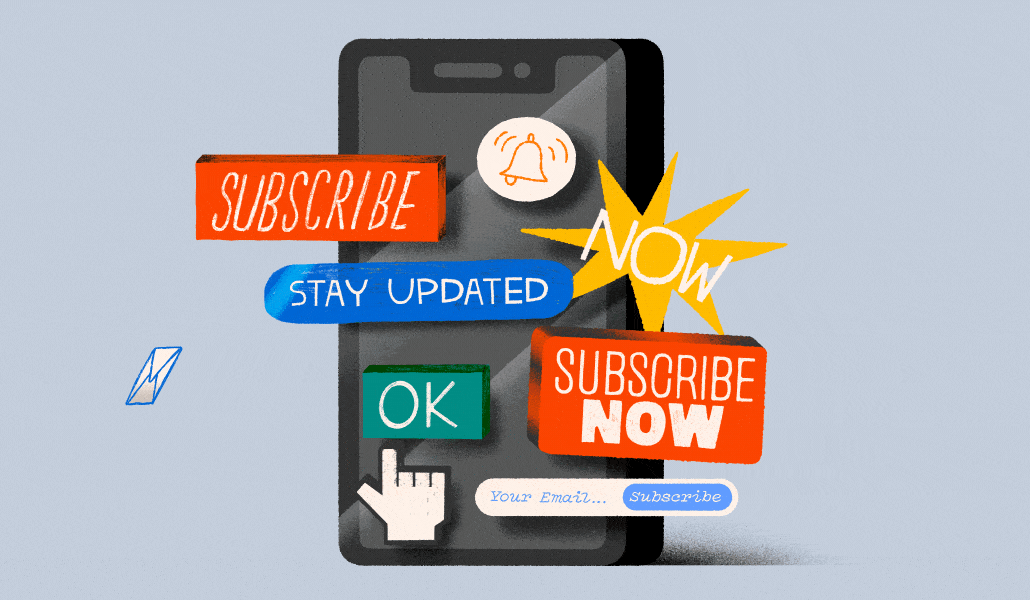Bussiness
How Business Insider’s AI-based paywall strategy increased conversions by 75%

Artificial intelligence is showing up in nearly all areas of the media business, from advertising sales to editorial. And now it’s being put to the test in publishers’ subscription strategies, with the hope that the technology is better at identifying the articles that are most likely to convert audiences into paid readers.
This is the thesis that Business Insider’s chief subscriptions officer Katie Friedman had when she joined the company last year: A smart paywall that uses machine learning can increase conversion rates and, ultimately, boost the total revenue yielded from online audiences. During her on-stage session at the Digiday Publishing Summit in Key Biscayne, Florida, this week, Friedman shared how her team worked with a vendor to build a smart paywall and talked about the tests they conducted that led them to the decision to roll it out to 100% of their audience in May.
Personalizing the paywall experience
Business Insider’s previous paywall strategy was an editorially-driven free/premium, or “freemium,” model in which only the articles written by a specific subset of journalists on the edit team (those tasked with writing solely subscriber content) were paywalled. This left a significant amount of other content on the publisher’s site that would never prompt readers to pay to access it.
The new smart paywall instead determines the content that individual users are most likely to pay to access based on their previous reading habits, which platform they come to the website from and the propensity that each genre of content has for converting readers. Using those insights and Google Analytics data, the AI’s algorithm decides whether users meet a paywall, registration wall or nothing upon entering the website.
By the end of the testing period, which spanned December to April, Friedman said that 60% of new conversions happened on “non-premium” stories, meaning stories that never would have been paywalled in the previous model.
“Essentially, those are the stories that we never asked anyone to pay for before, and now they’re driving more than half of our conversions,” said Friedman.
The friction folly
Total revenue and, by extension, the lifetime value of readers were the metrics that Friedman said she and her team used to determine whether or not the smart paywall worked. Total revenue included both short-term advertising revenue and long-term subscription revenue, which, combined, needed to equal more than the total revenue that the old paywall strategy generated to be considered successful.
Total revenue from the new model ended up being higher than with the old model, though Friedman declined to share exact figures, but there were some hiccups in the original tests that her team needed to account for before being able to determine that fact for sure.
Friction rate, or the frequency that the paywall was presented to users, caused the most friction in their tests — no pun intended — Friedman said. While her team wanted to test the smart paywall against the old paywall one-to-one with all the same variables (and the same friction rate), she said that the biggest restriction with the old system was that it relied on content created from a relatively small team of reporters, which naturally kept the friction rate low. But a low friction rate on the smart paywall inhibited the AI’s ability to learn how to best convert readers.
“So what we were seeing at first is actually humans were outperforming the model … but we knew if we were to scale our freemium model in which human beings were deciding what went in front of the paywall and what went behind, that wasn’t going to be successful,” said Friedman.
What they ended up finding was that, once the friction rate was higher for the smart paywall, “total conversions [increased] more than 75% versus the control and that’s something that we couldn’t have achieved if we had tried to scale our freemium model,” she said.
Business Insider’s registration wall strategy also got a refresh, changing it from a metered approach (with the registration wall hitting after five read articles) to it also being left up to AI. Friedman said that registrations increased by 300% as a result of that switch.
“This is the first time that we really actually can look across the spectrum of what we’re producing and say this is what people will pay for, instead of sort of having this self-fulfilling prophecy where we decided what people would pay for,” said Friedman. “Subscriptions are not a one-size-fits-all [strategy].”










